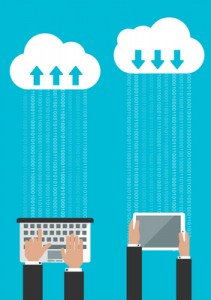
Any business can be a target for hackers who use ransomware. However, in recent months, a major new threat has emerged. The recent Petya attack was initially perceived to be another form of ransomware.
However, as the firms involved took stock in the aftermath of the events, it became apparent that the attack took the form of “wipeware,” code that is designed to completely destroy the files stored on any system.
What is wiperware?
Wiperware is designed with one goal in mind: total destruction. The malware asks users to install a software update and then it immediately takes control of the device. Once it has gained admin access, it completely overwrites all files on the device and in some cases the entire network. Any attached storage is also vulnerable, included USB external drives, memory sticks and network shared drives.
While the motivations behind Petya remain unknown, what is abundantly clear is that wiperware is a threat that needs to be taken very seriously. Here are a couple of things you can do right now. [Read more…] about Wiperware: New Malware That Shouldn’t Be Taken Lightly


 Today’s workers expect to have 24/7 access to their information. They want to be able to catch up on emails on the evening train ride home or access information while away from the office.
Today’s workers expect to have 24/7 access to their information. They want to be able to catch up on emails on the evening train ride home or access information while away from the office.

